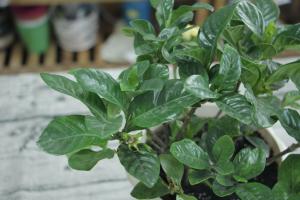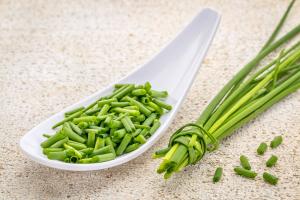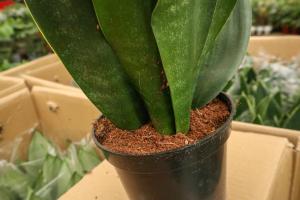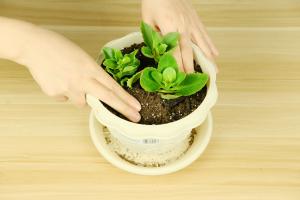Introduction
Tomatoes are one of the most popular vegetables in the world, and they can be grown in many different climates. However, the growing season for tomato plants varies depending on the region and the conditions in which they are grown. In this article, we will explore how long the tomato plant season lasts and what factors can affect its length.
Tomato Plant Season
The tomato plant season generally lasts between 90-120 days, depending on the variety and the climate in which it is grown. The growing season begins when the seed is planted into the soil or when the seedling is transplanted into the garden. The plant requires warm temperatures, lots of sunshine, and adequate water and nutrients to grow properly.
Factors Affecting the Tomato Plant Season
There are many factors that can affect the length of the tomato plant season. The first factor is the climate in which the plant is grown. Tomatoes grow best in warm temperatures, with a daytime temperature range between 70°F and 85°F. If the temperature is too high or too low, it can negatively affect the growth of the plant. Additionally, tomatoes require plenty of sunlight to grow, so the length of daylight can affect the plant's growth.
Another important factor is the soil in which the plant is grown. Tomatoes need well-drained, fertile soil that is rich in organic matter. Soil that is too compacted or too sandy can cause issues with drainage and nutrient uptake. Additionally, the pH level of the soil should be between 6.0 and 6.8 for optimal growth.
The variety of tomato being grown can also affect the length of the growing season. Determinate varieties have a shorter growing season, usually around 90 days, while indeterminate varieties have a longer season, ranging from 90-120 days. Determinate tomatoes have a set size and will stop growing once they reach maturity, while indeterminate tomatoes will continue to grow and produce fruit until the first frost.
Extending the Tomato Plant Season
There are several methods for extending the tomato plant season. One method is to start the plants indoors before the last frost date and then transplant them into the garden after the danger of frost has passed. This can give the plants a head start on the growing season and extend the harvest time.
Additionally, using a greenhouse or high tunnel can help maintain warmer temperatures and protect the plants from frost and other extreme weather conditions. These structures can extend the growing season by several weeks or even months.
Finally, utilizing proper pruning techniques can help extend the tomato plant season. Removing the suckers, or small shoots that grow between the main stem and the branches, can help the plant put more energy into producing fruit instead of foliage. This can result in a longer harvest period and more abundant fruit production.
Conclusion
In conclusion, the length of the tomato plant season can vary depending on several factors, such as the climate, soil, and variety of tomato being grown. However, with proper care and attention, it is possible to extend the growing season and produce abundant and delicious fruit. By utilizing proven techniques such as starting plants indoors, using protective structures, and proper pruning, home gardeners can enjoy fresh tomatoes for a longer period of time.

 how many times do yo...
how many times do yo... how many planted tre...
how many planted tre... how many pine trees ...
how many pine trees ... how many pecan trees...
how many pecan trees... how many plants comp...
how many plants comp... how many plants can ...
how many plants can ... how many plants and ...
how many plants and ... how many pepper plan...
how many pepper plan...
































